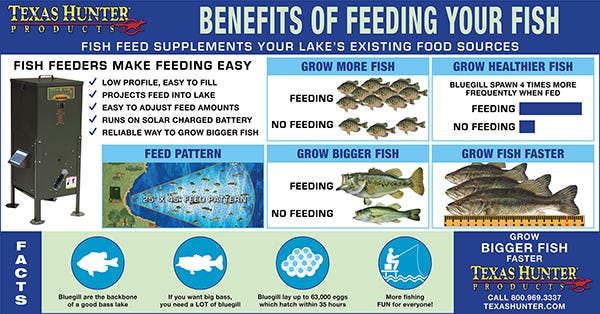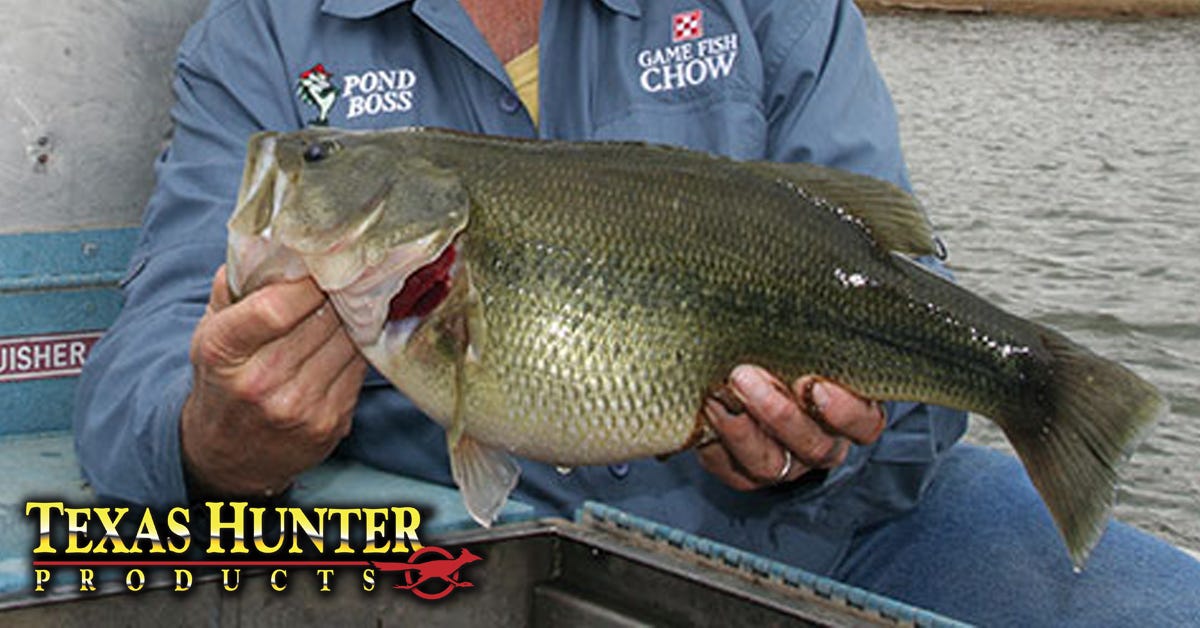- Apr 26, 2019
Does Protein Feeding Really Make a Difference?

Have you wondered why some land managers feed protein to deer while others don’t? Let’s take a look at two whitetail studies that used high-quality protein to see what impact it made on antler and body sizes. The results might shock you!
The main reason to feed protein is because deer and all other mammals need it to grow. It’s not only how they build and grow muscle, but protein is a major component in growing antlers and developing fawns in pregnant does. So, let’s take a look at a couple major scientific studies to see how big of a role protein plays in antler growth, body and fawn development.
Antlers and Nutrition
The first study really sheds light on antler development. From 1974 to 1977, Texas Parks and Wildlife biologists conducted an antler and nutrition experiment on the Kerr Wildlife Management Area in enclosed pens so they could control the study. In the study, a group of male fawns were weaned from their mothers and then placed in individual pens and fed a controlled diet for the next four years. One group was fed a low-protein diet of 8-percent protein and the other group fed a high-protein diet of 16-percent protein feed. The yearling bucks fed 16-percent protein had double the antler size of the yearlings fed a lower-protein diet. With this same diet continued, the group of bucks being fed 16-percent protein had 20 more inches of antler at four years of age than the bucks fed the 8-percent protein diet. This simple study showed a clear advantage for deer fed a high-protein diet.
Quality Food, Not Genetics Grow Bigger Antlers
However, a more modern study took this info to the next level and studied how proper nutrition not only affects the deer eating quality protein, but also its offspring and their offspring. There are three distinct regions in Mississippi — the Delta, Thin Loess and Lower Coastal Plain (LCP) — that produce deer of differing body and antlers sizes. The largest body weights and antler sizes in Mississippi come from the Delta region along the Mississippi River where there is fertile soil and the majority of the state’s agriculture is produced. The Thin Loess produces smaller body weights and antler sizes and the LCP bucks have an average weight 41 pounds lighter and 25 inches less of antler than bucks of the same age from the Delta. In this study biologists wanted to see if the deer from these three areas could be influenced by a quality diet to grow larger or is their smaller size purely genetics.
Over a 2-year period, Mississippi Department of Wildlife, Fisheries and Parks Biologists and graduate students from Mississippi State (MSU) Deer Lab captured pregnant does from the wild in these three areas of the state mentioned above. The does were placed in high-fence enclosures at the MSU Deer Lab where they gave birth to their fawns. Once fawns were weaned, the mothers were removed from the study and all fawns were fed the same high-protein diet.
At three years of age, these deer only showed moderate growth in body and antler size. The Delta and Thin Loess bucks gained about 9 pounds more than their wild counterparts while the LCP bucks didn’t put on any more weight. However, both the Thin Loess and LCP bucks added an additional 7 inches of antler while the Delta bucks remained unchanged.
The second-generation deer at three years of age showed major improvements in body size and antler development.
These second-generation deer were the fawns of the first-generation deer that were all fed a high-quality diet. The second-generation bucks from the LCP now had antler sizes as large as wild bucks from the Delta region and body weights 36 pounds heavier than wild bucks of the same age from the LCP region. Delta bucks added an additional 32 pounds on average to their weights and Thin Loess bucks put on 21 more pounds than the wild bucks from their region. On average, Delta bucks only added about 5 more inches of antler, while Thin Loess bucks put on 11 inches more. The LCP bucks showed the largest improvement with an average of 28 inches more antler than their wild counterparts!
This study highlights how important quality nutrition is for developing larger deer. While quality nutrition doesn’t show an outward immediate impact on the first generation of deer, it has a tremendous impact on those deer’s offspring and on down the generational line.
What does this mean for land mangers?
Much like the three distinct zones in Mississippi, the United States is comprised of areas of high-quality food, such as the vast agricultural lands of the Midwest, and areas of low-quality food, such as many pine plantation areas of the South and arid sections of Texas and the Plains States.
Quality summer food plots with high-protein forage such as soybeans can help fill this quality-food void, but not everyone has the means and equipment to create these large plots. And the arid areas of the country just can’t sustain food plots. That leaves the option of feeding a high-quality deer protein pellet with a protein feeder. There are many great protein pellets on the market and many local co-ops and feed and seed stores that make their own blends. Deer protein pellets can make an absolute difference as you can see from these controlled studies.
When feeding deer protein, it’s important to have protein feeders large enough to hold plenty of feed so that deer can eat what they need. It’s also important to have a high-quality deer protein feeder that does the job.
Texas Hunter Products specializes in protein feeders and have different size models depending on the land managers needs. These heavy-duty roto-molded feeders are indestructible and will never rust on the inside or out. The polymer material stays much cooler (which keeps quality feed more nutritious longer) during the hot summer months when feeding protein is a must. If you decide feeding protein is the best way to fill the nutritional void for your deer herd, then make sure you’re getting the right tool for the job and use a quality feeder designed specifically for protein. The results just might make you a believer!
Learn more at TexasHunter.com or call 800.969.3337 to get your protein feeding program started today.



